 This month we talk about conservation of a different kind with a little help from flexible production models
This month we talk about conservation of a different kind with a little help from flexible production models
Words: Saeed Akhtar
The recent economic hurricane has left every aspect of business in a tizzy. All over the world, car manufacturers, like every business worth mentioning, are tightening up their purse strings and the impact is being felt here and now. Production methods are being reviewed and manufacturers are scrambling to discover the cheapest and most straightforward way to the end product. It is in this scenario, that companies like Magna Steyr are coming to the fore with their groundbreaking technologies and production models that are flexible and easily adaptable. This not only saves heaps of money in the long run, but also time and more importantly resources.
Magna Steyr first came into the limelight for its prototypes that it offered to established manufacturers like BMW, Jeep and Chrysler in Europe for low cost development and building. It is perhaps best known for contract building the BMW X3, Jeep Grand Cherokee and Chrysler 300C for Europe. Lately, the company also had a substantial involvement in the development of the Lada Project C Concept car. Perhaps the greatest proof of the Austrian company’s ingenuity can be seen in its quirky and exceedingly clever concepts that it pushes out from time to time.
The Mila Alpin is the latest in the evolution of Magna Steyr’s range of MILA concepts that the firm has been studiously churning out since the last few years. Like its Magna Innovation Lightweight Auto predecessors, the focus of the Mila Alpin remains on mass and its reduction. But this time, the company has gone a step further to incorporate alternative energy and modular design into its concept with some truly clever thinking. The end result is this compact off-roader with a body shell capable of integrating various diverse types of alternative drives. The mid-engine layout and the low cost yet effective AWD system render the Alpin suitable for a wide range of applications. Ample ground clearance, large overhang angles, low crawling speed and exceptional climbing characteristics that allow it to scale slopes of up to 45 degrees differentiates the Alpin from the usual run of the mill compact 4WDs that are suitable for only the least hazardous expeditions. Clients can opt for a CNG drive, a hybrid or a small supercharged gasoline engine as per their needs. Emitting less than 100g/km of CO2, the Alpin is the ideal way to tear up the countryside while doing your bit
for the environment.
 MAGNA STEYR’S EUROPEAN BEASTS:
MAGNA STEYR’S EUROPEAN BEASTS:
The BMW X3 was initially criticized for its harsh ride, an austere minimalist interior that relied heavily on obviously plastic components and limited off-road usage through its heavily road biased chassis set-up. Critics also felt that the car was overpriced; a basic 2.5i, which lacked cruise control or automatic headlights and had vinyl upholstery, exceeded $30,000 in the U.S. (vinyl has never been offered in other markets). BMW sought to rectify these complaints in 2005 with various upgrades. The X3 also disappointed some BMW purists by not being assembled at a BMW factory. Instead, the car’s production was outsourced to Magna Steyr, based in Graz, Austria. However, Magna Steyr has won numerous awards for quality and has been the highest rated car assembly factory in Europe.
The Jeep Grand Cherokee is a midsized SUV made by Jeep, a division of DaimlerChrysler. European Grand Cherokees are manufactured in Austria by Magna Steyr. The 2009 New York Auto Show played host to the unveiling of the 2011 fourth generation Jeep Grand Cherokee. Penned by Chrysler’s superstar designer, Ralph Gilles, the new Grand Cherokee is based on the Mercedes-Benz ML. Under the hood, buyers will have a choice between a 280hp 3.6-litre “Phoenix” flex-fuel V6 and a 360hp 5.7-litre HEMI V8. Both engines are more fuel efficient than their predecessors thanks to implementation of already existing technologies such as variable-valve timing and multi-displacement system (cylinder deactivation tech).






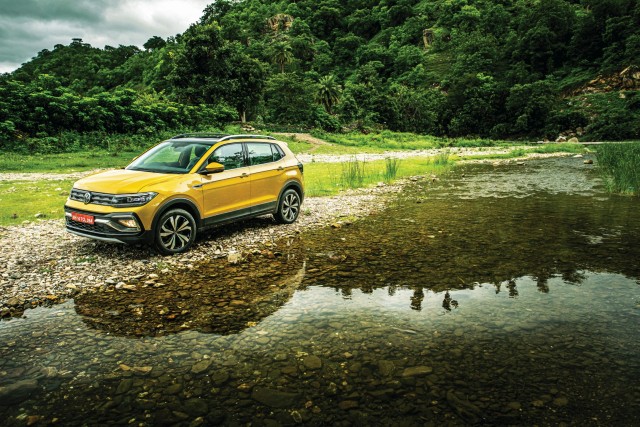
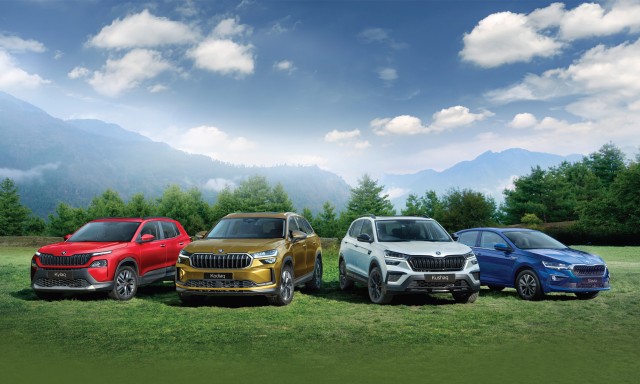

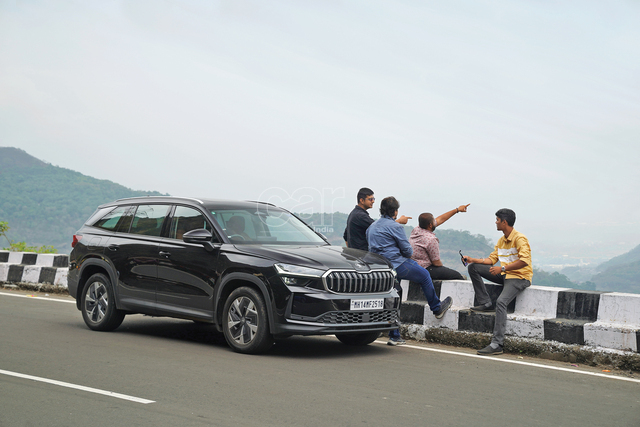


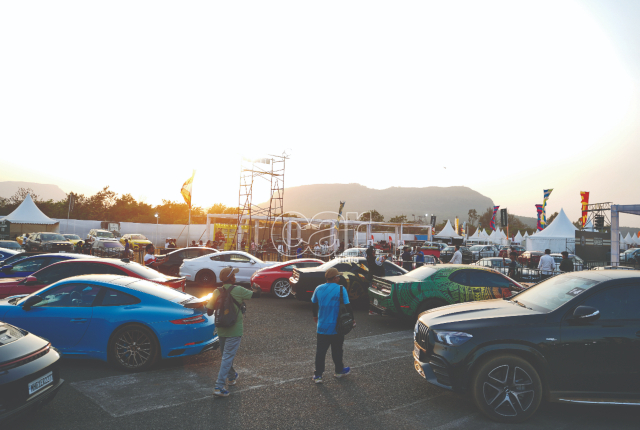
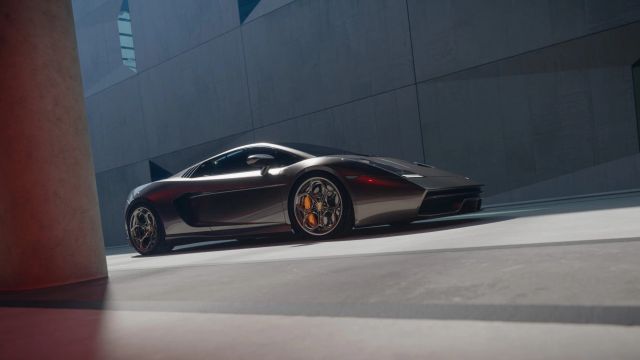
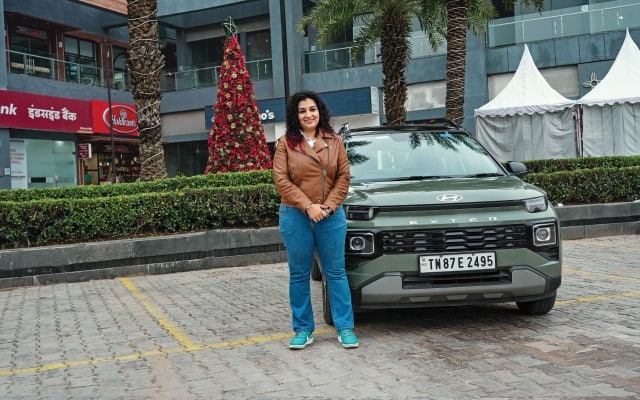

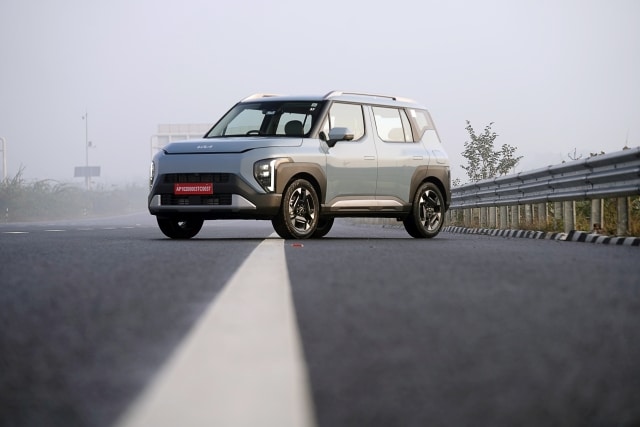




Leave a Reply